
An international team of researchers, including a NASA glaciologist, has discovered a large meteorite impact crater hiding beneath more than a half-mile of ice in northwest Greenland.
The meteor impact crater is 300 meters deep and bigger than Paris or the Beltway around Washington, DC. It is one of the 25 largest known impact craters on Earth, and the first found under any of our planet’s ice sheets.
The researchers first spotted the crater in July 2015, while they were inspecting a new map of the topography beneath Greenland’s ice sheet that used ice-penetrating radar data primarily from Operation IceBridge, an ongoing NASA airborne mission to track changes in polar ice, and earlier NASA airborne missions in Greenland.
The international team, led by researchers from the University of Copenhagen’s Centre for GeoGenetics at the Natural History Museum of Denmark, has spent 3 years verifying their discovery. The team published their paper in the journal Science Advances on November 14th.
“The crater is exceptionally well-preserved and that is surprising…”
– Professor Kurt Kjaer, lead author of the study.
Based on the size of the crater, the team estimates that the asteroid would have been around 1 200 meters across and would have weighed 11 to 12 billion tons as it entered the atmosphere. And based on their mineral analysis, they believe it was an iron-rich space rock.
The study says that the meteorite crashed into Earth less than 3 million years ago, possibly as recently as 12,000 years ago—toward the end of the last ice age.


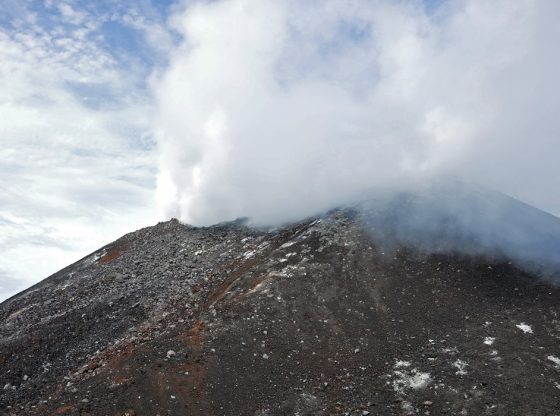
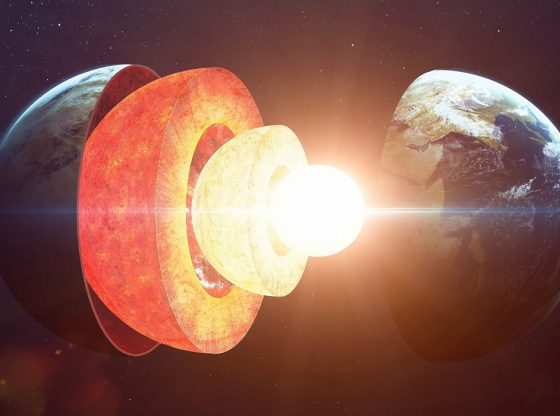

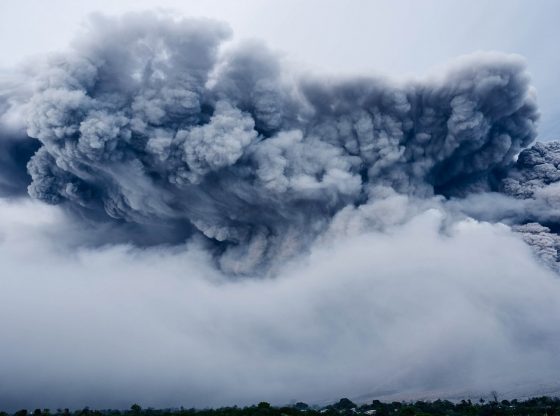


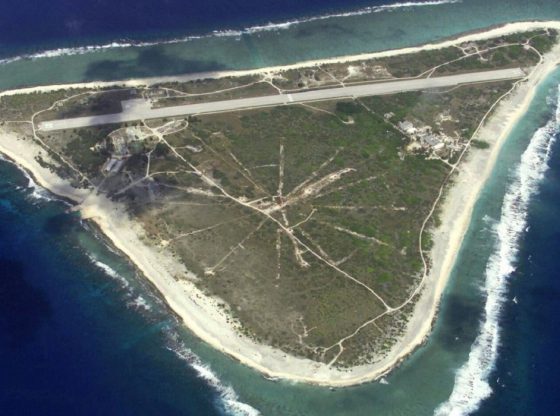
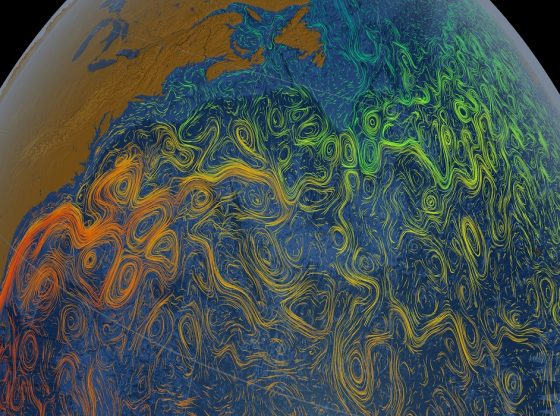
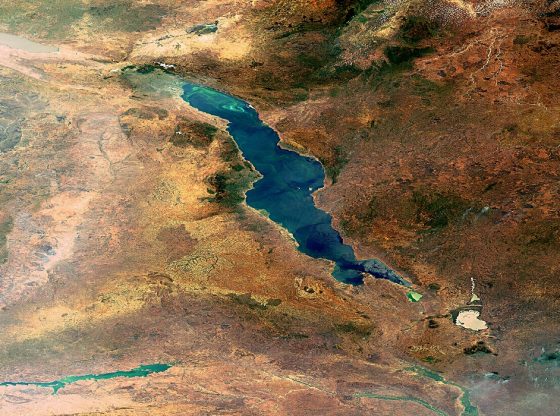
![OpenAI. (2025). ChatGPT [Large language model]. https://chatgpt.com](https://www.illustratedcuriosity.com/files/media/55136/b1b0b614-5b72-486c-901d-ff244549d67a-350x260.webp)
![OpenAI. (2025). ChatGPT [Large language model]. https://chatgpt.com](https://www.illustratedcuriosity.com/files/media/55124/79bc18fa-f616-4951-856f-cc724ad5d497-350x260.webp)
![OpenAI. (2025). ChatGPT [Large language model]. https://chatgpt.com](https://www.illustratedcuriosity.com/files/media/55099/2638a982-b4de-4913-8a1c-1479df352bf3-350x260.webp)








